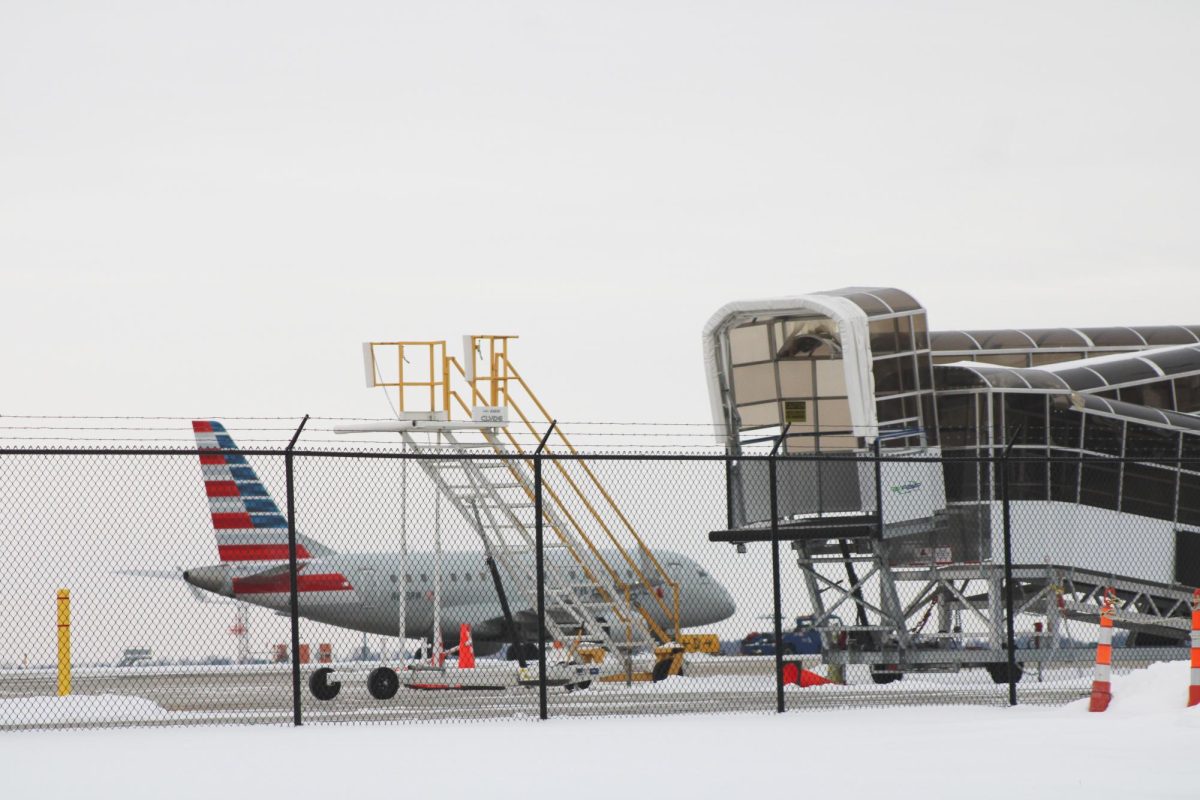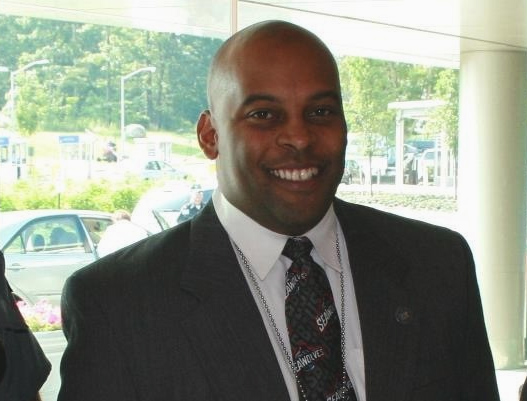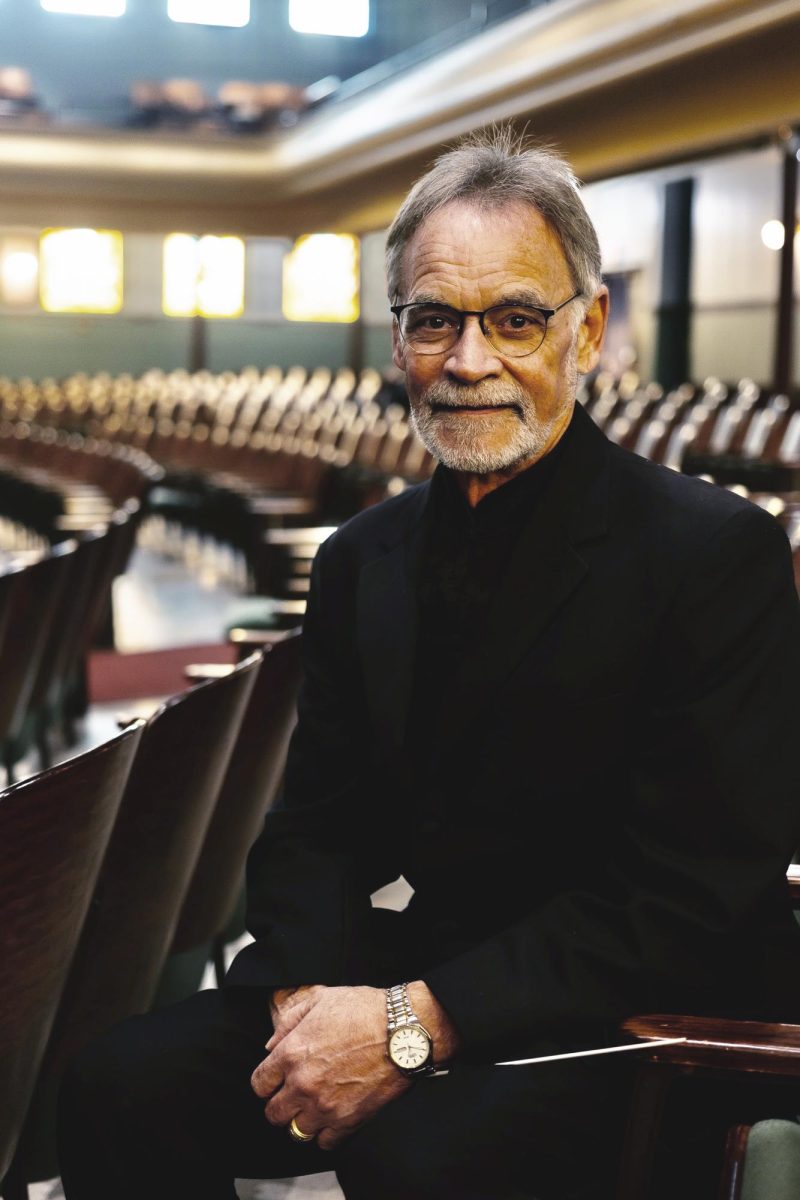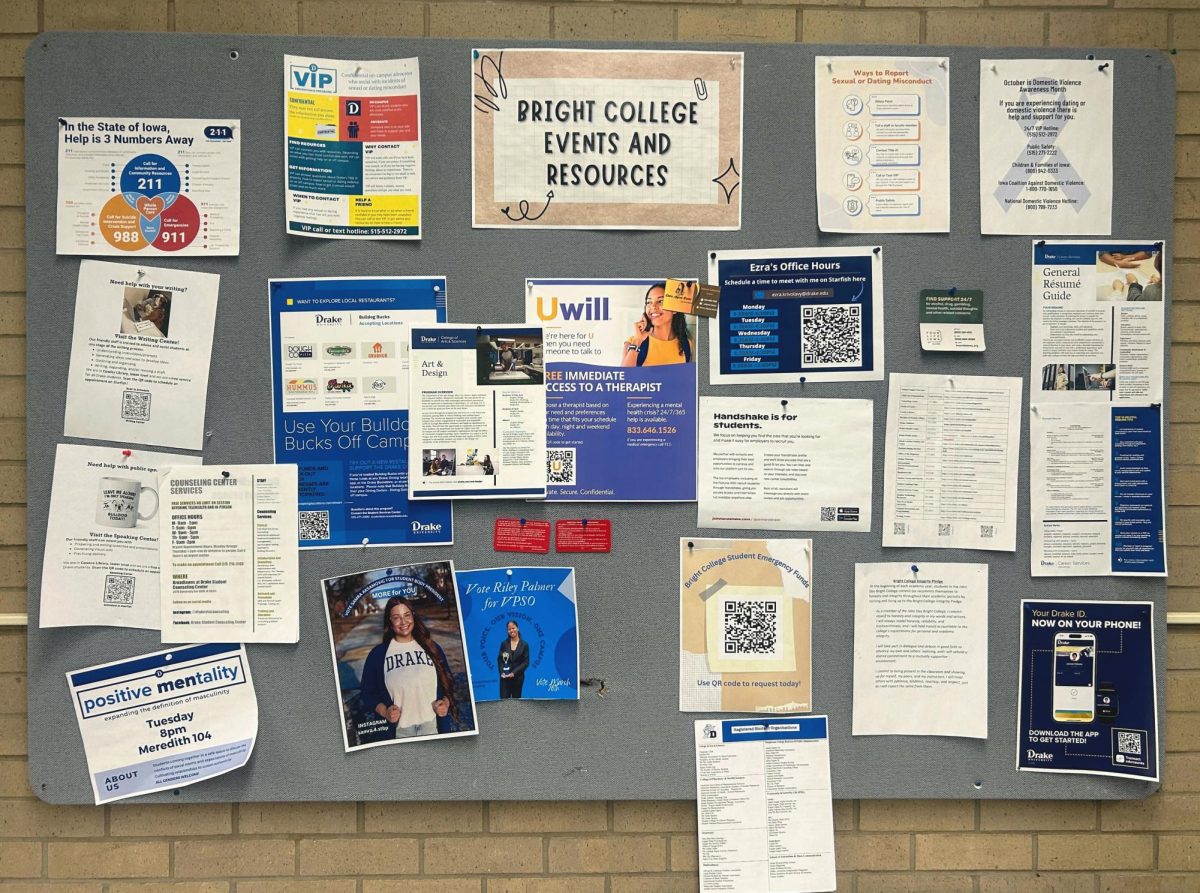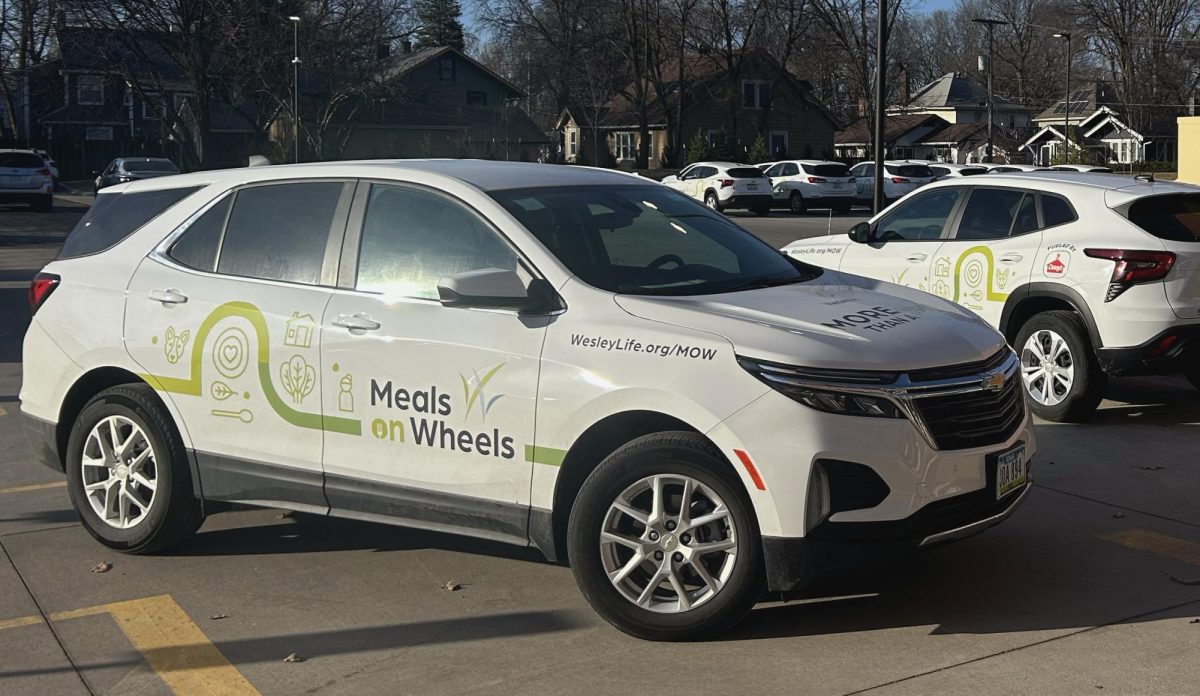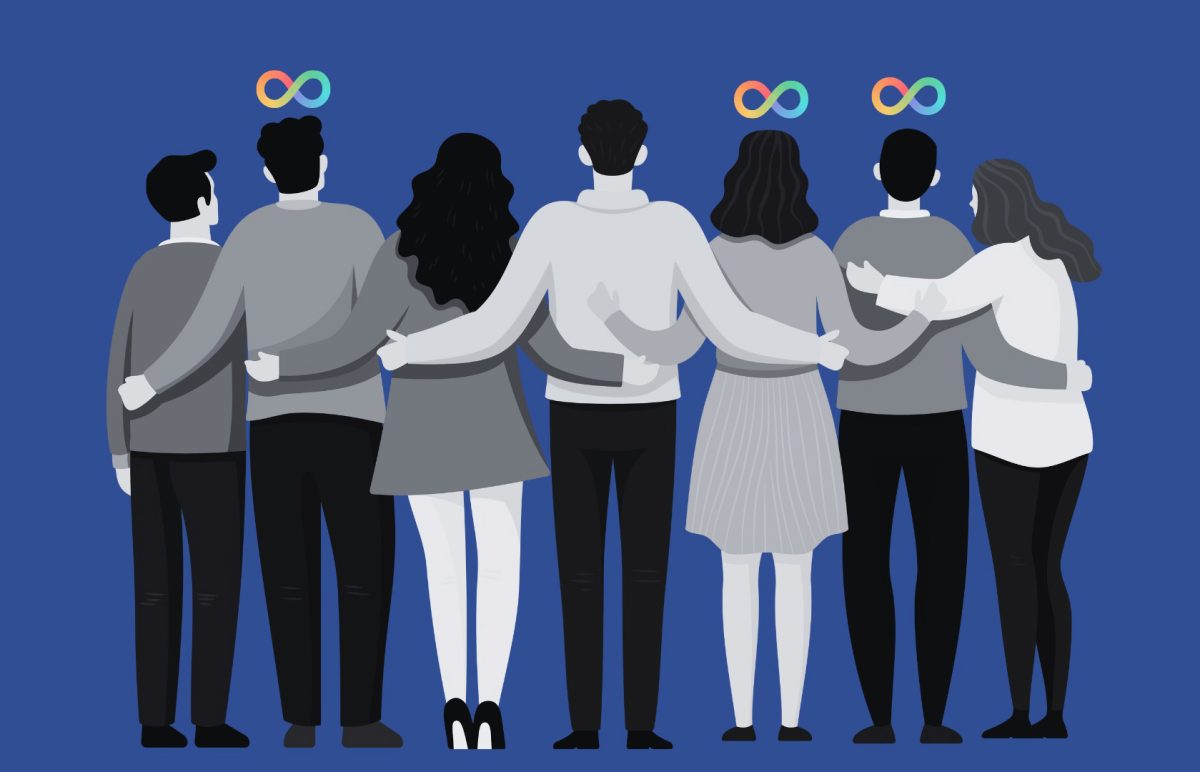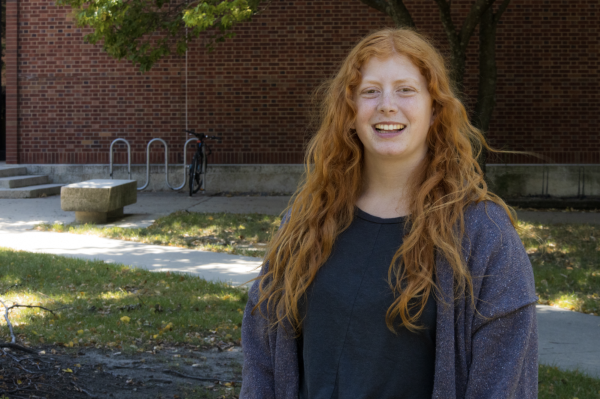In 2024, headlines took to the sky and told the story of Boeing’s ongoing issues with its aircraft. Issues ranged from strikes and supply chain issues to incidents that could have turned deadly, the most notable being an Alaskan Airline flight that lost a rear door during takeoff with a total of 171 passengers and six crew members aboard. These moments plagued the company and media outlets.
The tragic news continued into 2025. As of February, there have been five plane crashes in the U.S., with a total of 85 passenger deaths. Fox 4 out of Houston, TX, reported that, before this year, there had not been a fatal plane crash since 2009 that involved a U.S. airliner.
Reno Valentino, a Drake student from Colorado, flies home for breaks and to visit family in California. Valentino said he won’t stop flying because of the recent plane crashes.
“There’s gonna be crashes, and it’s a shame that a lot of people have passed away, but it’s like the same as a car crash,” Valentino said. “If I have a business meeting in Tallahassee or something, I am still going to catch a flight. I’m not going to drive because getting a plane is so much more convenient. I’m not going to be worried because that’s just what you sign up for.”
Valentino said that those who fly will continue to fly, but those who already fear flying may be more scared after the recent media coverage.
“Most people who are afraid of flying have cemented that fear,” Valentino said.
“They are not going to fly and that’s their choice. I feel like if you are someone that flies and you fly for work or you fly for pleasure [the plane crashes] are not going to make a difference.”
Madi Hamilton, a junior at Drake University, is a licensed pilot. Contrary to the 25 million people reported by the Cleveland Clinic who claim to fear flying, Hamilton feels right at home in the sky. Her uncle, with whom she grew up flying, inspired her to get a pilot’s license, and she now uses flying to relieve her stress after a long day.
“It feels amazing. It’s like there is nobody else in the world,” Hamilton said of flying. “The world is running, moving so fast, but my head is cleared when I am up in the sky.”
Though she finds comfort in flying, Hamilton understands why the fear of flying affects many Americans. She also understands that many people gain a fear of flying or develop a worsened fear of flying due to recent events.
Hamilton explained that crashes are infrequent and safety checks and annual inspections help to keep a pilot’s plane in peak condition. Still, with two significant crashes happening within 12 days of each other, one in Washington D.C. and another in Philadelphia, the news may give the idea that fatalities due to flying are common, Hamilton said.
“Know that your pilot has gone through thousands of hours of flying and training, and they’re not just taking it lightly,” Hamilton said. “It’s also their life. They’re not just going to drop you out of the sky because they have to get home to their families, too.”
A minimum of 40 hours is required for an individual to receive their private pilot’s license, but typically, a pilot will spend 75 hours training, according to the Federal Aviation Administration. Hopeful pilots must also meet specific flight requirements, such as cross-country and short solo flights. Additionally, they must pass a two-hour exam with a certified flight examiner.
However, working for a major airline and getting a commercial pilot’s license is much more intensive, Hamilton said. There is a vast difference between licensure requirements. It can take a hopeful pilot around 24 months to get a commercial license and another 2.5 years to work as an airline pilot.
Due to her training, Hamilton is very aware of what is happening when she flies commercial. This knowledge brings her a lot of comfort while flying, and she recommends that anyone who fears flying do their research.
She said that looking at the statistics and investigating the causes of crashes may help inform people about the actual risks of flying. For example, she said people will learn that plane crashes don’t happen because of turbulence, a source of anxiety for many up in the air. People will also be better informed about what is happening during a flight.
“I have a fun routine when I get into a commercial flight where I generally know what the pilot is doing at what time,” Hamilton said. “As we’re backing up from the gate, we’re going to a taxi, so that makes me more comfortable just to know what we’re doing and ‘oh, we’re not stopped on the taxiway because the plane is broken. We are stopped because we’re letting another plane go before us.’ That is how I feel safe when flying.”

